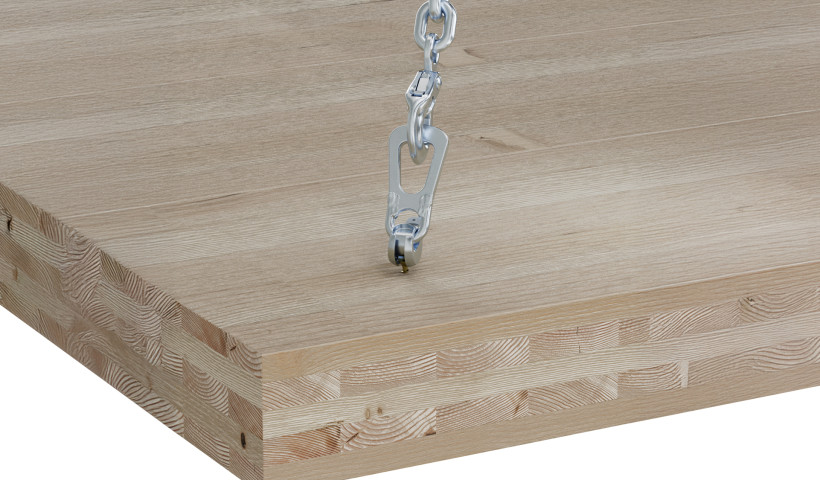 NEW
NEW
The structural bracing design principles of stand-alone residential dwellings and mid-rise and medium-density housing (MDH) buildings are not too dissimilar, though there are additional engineering aspects to consider and often common residential solutions no longer provide the required resistance or aren’t cost effective in mid-rise and MDH construction.
Residential bracing typically relies on sheathing (eg. plywood, plasterboard, fibre cement) fixed to framing with the framing tied together using connectors (eg. steel straps, screws, hold-down brackets). In taller light timber/stick frame MDH or mid-rise construction, the bracing on each floor level is still typically achieved using sheathing, however, transferring those loads through the framing down to the foundation/ground level using the ‘piecemeal’ residential connector approach becomes highly inefficient and load capacities of connectors is often exceeded on the lower levels as loads from each floor accumulate in lower storeys.
Overseas timber mid-rise buildings utilise continuous Anchor Tie-down Systems (ATS) consisting of steel threaded rods coupled at each floor level to run the full height of the building. Each floor level’s brace panel is then connected to these threaded rods using steel bearing plates, take-up devices, a washer and nut. The take-up devices self-adjust over the building’s life to compensate for shrinkage of timber, ensuring a tight fit remains between bearing plates and ATS steel rods. ATS rods also anchor into the foundation similar to residential construction to dissipate the loads, though ATS loads are much greater and hence require superior anchorage.
Simpson Strong-Tie has led the introduction of specific heavier duty connectors and ATS components required for timber mid-rise and MDH developments to the NZ market over the past years, to do better than to simply look to make existing residential product ranges ‘make do’. The experience Simpson Strong-Tie has now amassed from real life projects globally and in NZ sees them continuing to credibly lead development of this market sector in NZ with application specific products and engineering support.
Watch the video below and learn how to install the Strong-Rod Anchor Tiedown System (ATS) for Shearwall Overturning Restraint:
CREDITS:
Project: Stonefields, Auckland (image 1-2)
Builder: Fletcher Living
Engineer: Blueprint Consulting Engineers
Simpson Strong-Tie Products: Strong-Rod Anchor Tiedown Systems (ATS)
Project: Avondale, Auckland (image 3 - 9)
Builder: Miles Construction
Engineer: ENGCO Consulting Engineers
Simpson Strong-Tie Products: Strong-Rod Anchor Tiedown Systems (ATS)
Writer: Daniel Scheibmair
Photographer: Darian Setters













 Case Studies
Case Studies








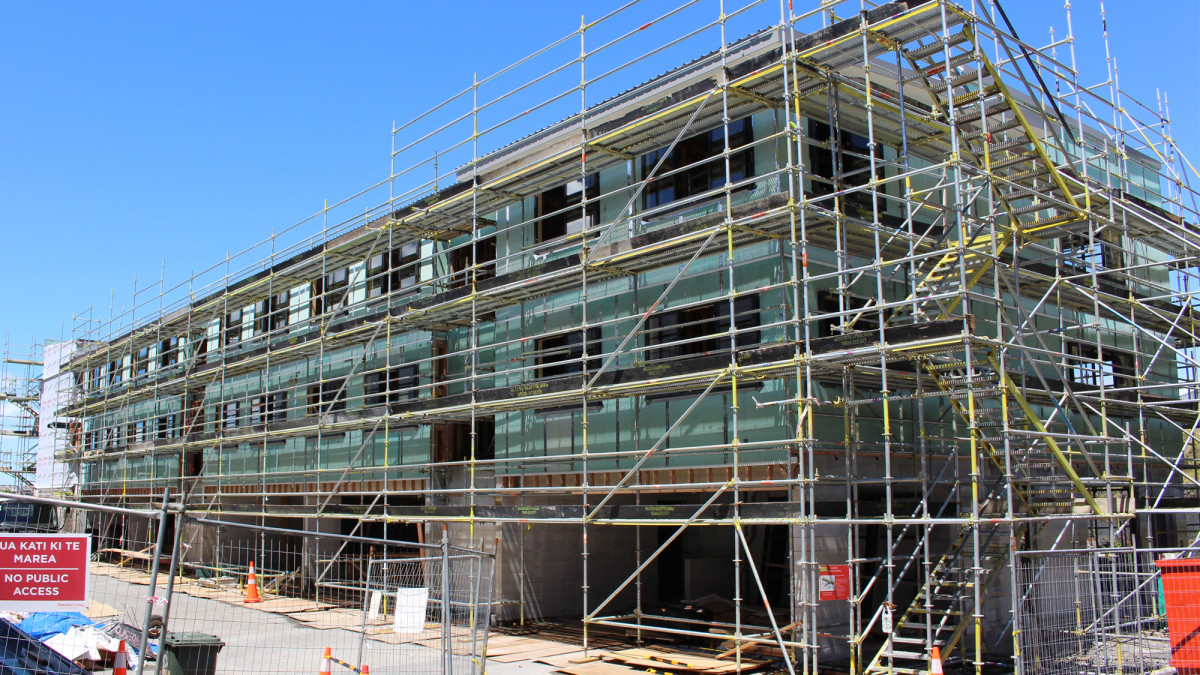
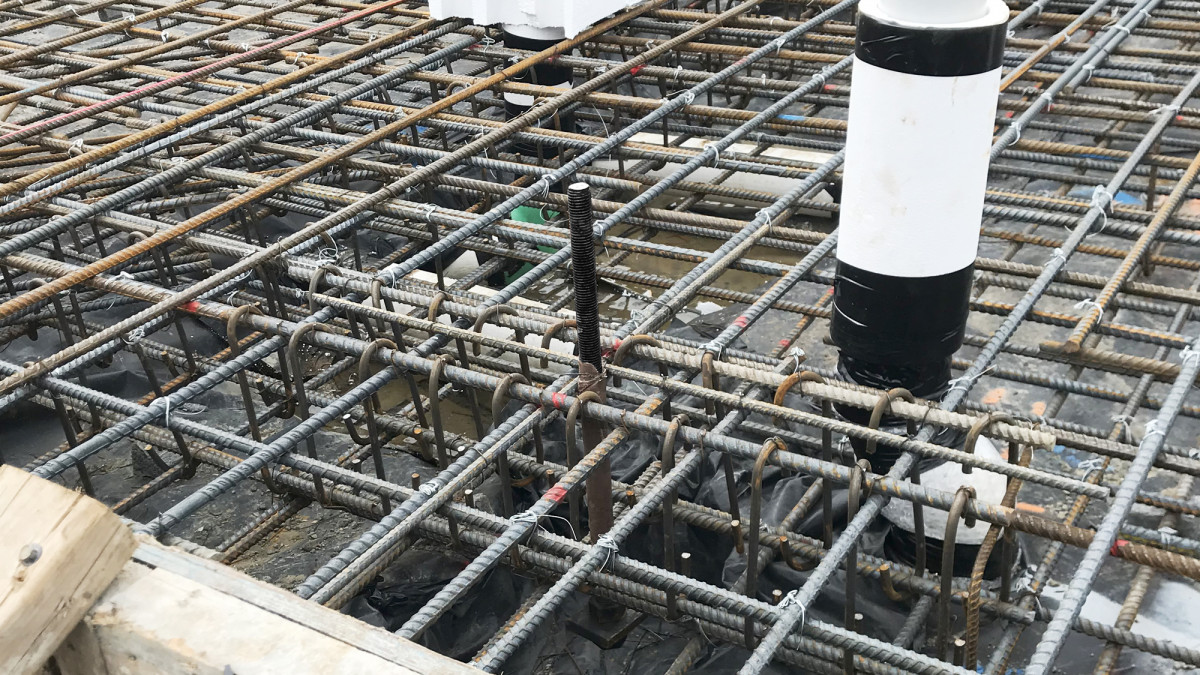
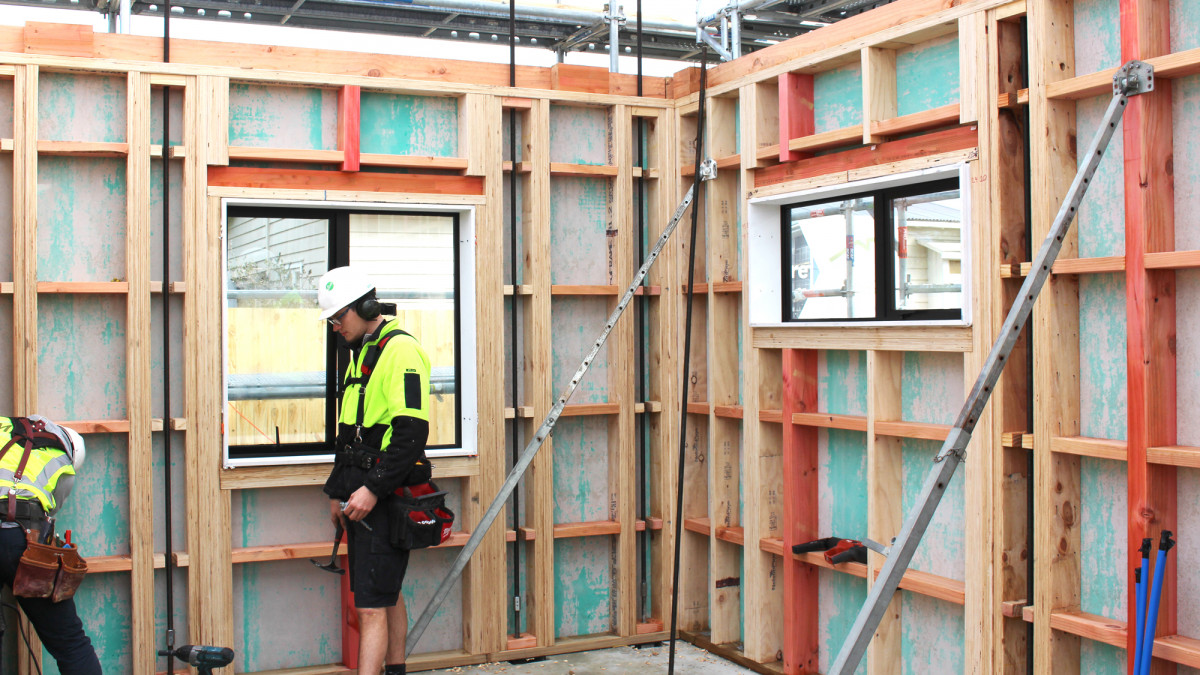
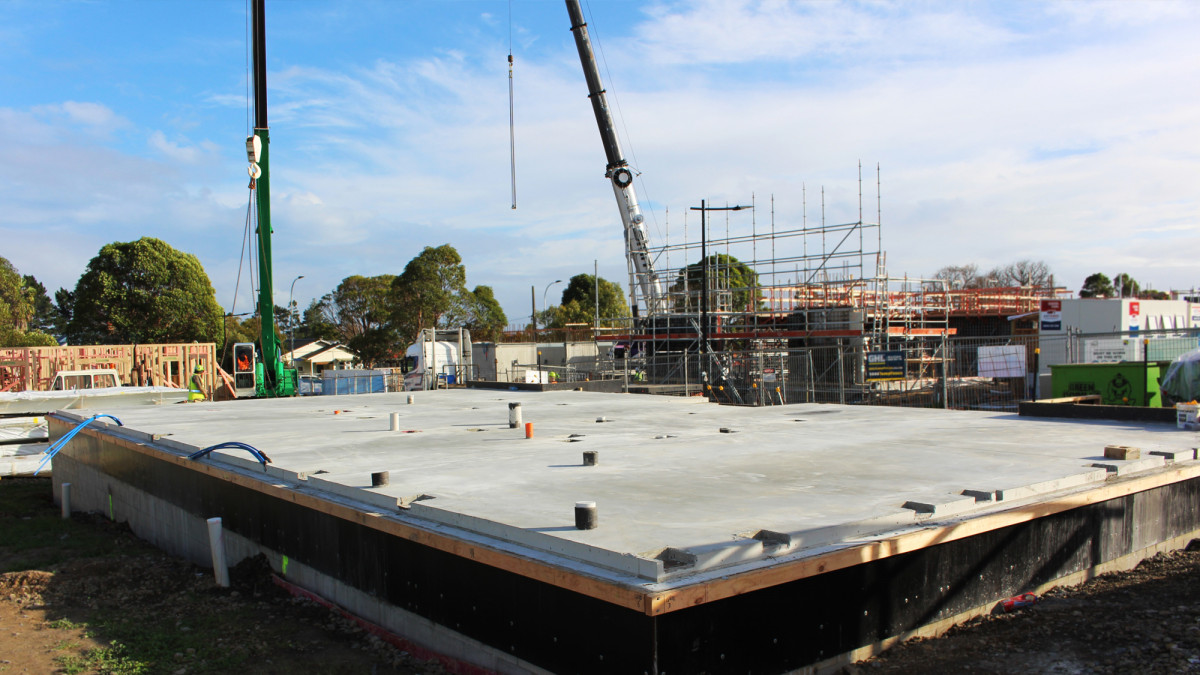

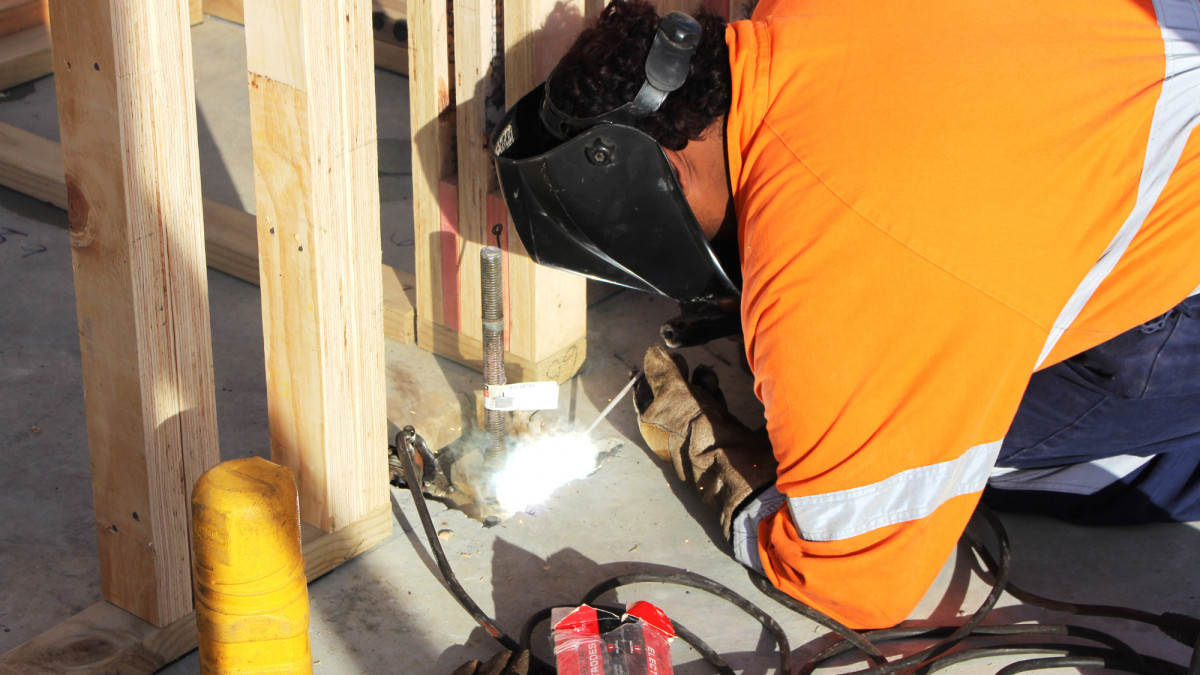
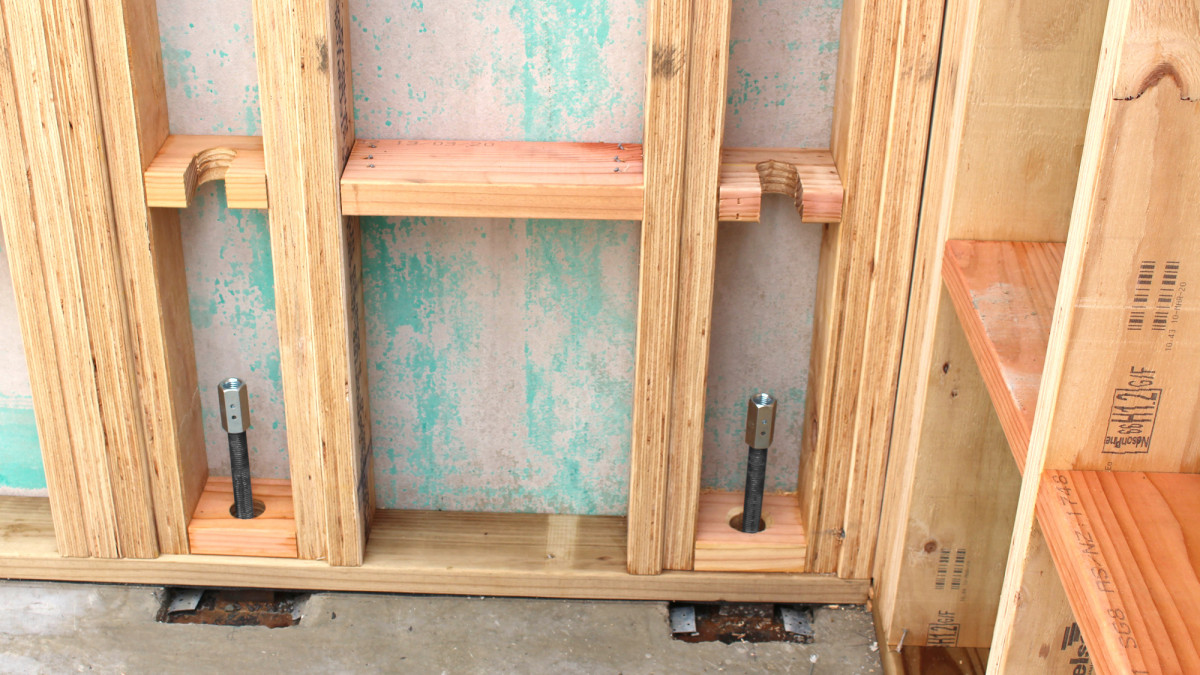




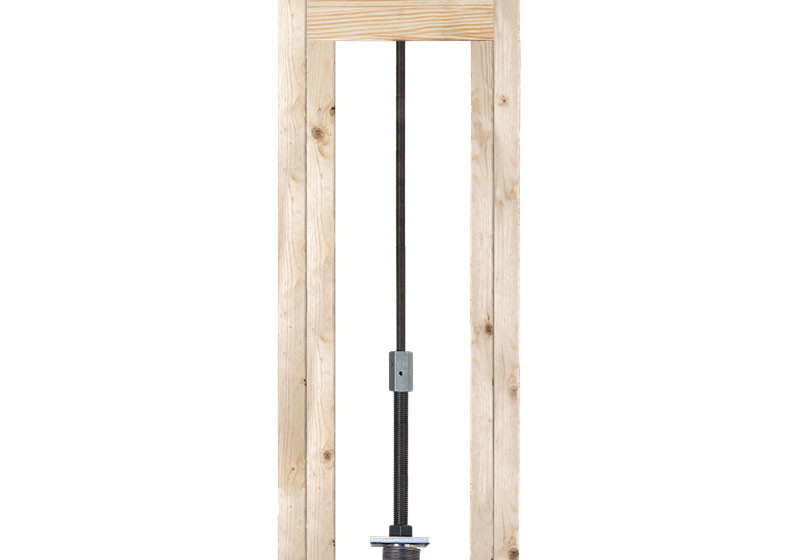

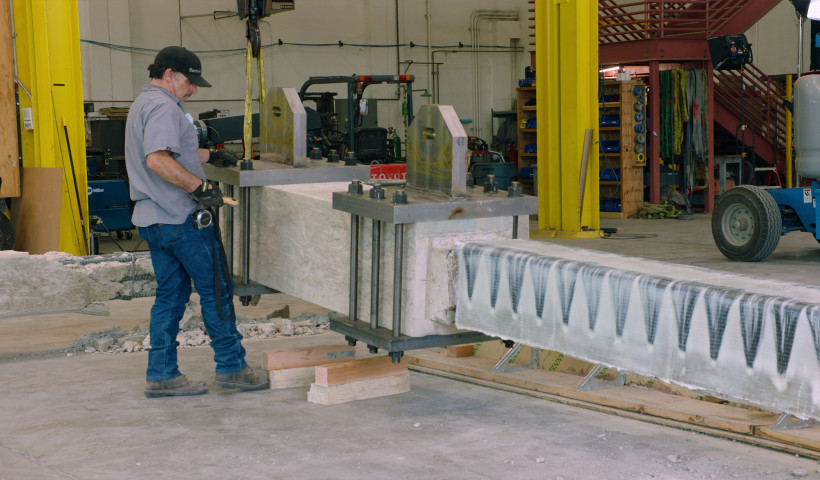
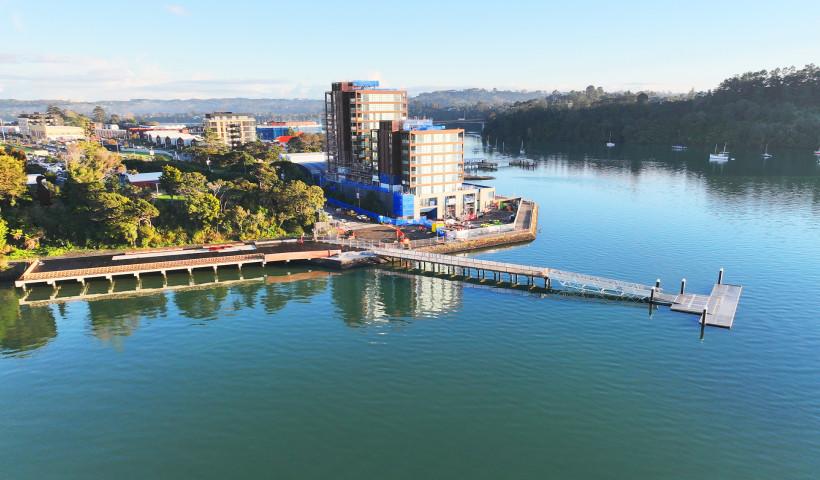
 Popular Products from Simpson Strong-Tie
Popular Products from Simpson Strong-Tie


 Most Popular
Most Popular


 Popular Blog Posts
Popular Blog Posts